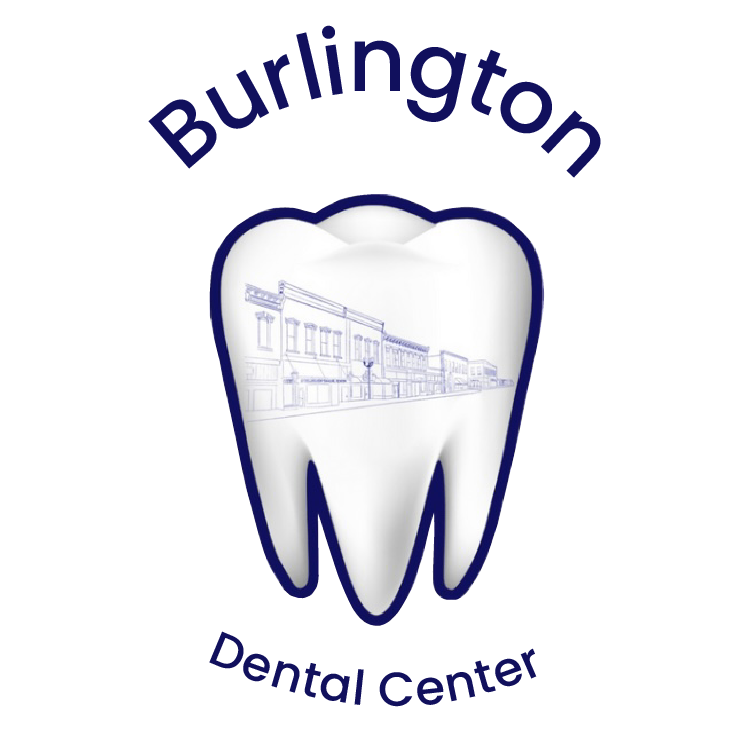
D2740 Dental Code [Meaning]
What is Dental Code D2740?
CDT code D2740 refers to the procedure for a crown that is entirely made of porcelain or ceramic, commonly used to restore a tooth that has suffered significant damage due to decay, fracture, or wear.
This type of crown is favored for its natural color and texture, which closely resembles that of real teeth, making it a preferred choice for visible areas of the mouth.
When and Why is D2740 Used?
D2740 is utilized when a tooth requires substantial reconstruction that cannot be addressed with a simple filling. This code applies to situations where the structural integrity of a tooth is compromised, and a full coverage restoration is necessary to restore function and aesthetics.
Porcelain or ceramic crowns are specifically chosen for their durability and excellent cosmetic appearance.
Before a crown is placed, a pre-operative periapical radiograph is often necessary to assess the extent of damage and plan the restoration accurately. Insurance companies typically require proof of significant tooth damage and a clear justification for the need for a crown before approving coverage.
Comparison with Other Crown Codes:
D2750 (Porcelain fused to metal): This code is used for crowns that have a metal base covered with a porcelain layer, which provides strength and a more aesthetic appearance than full metal crowns.
D2790 (Full cast metallic crown): Applies to crowns made entirely of metal, often used for molars due to their strength and less visibility.
Procedure Steps Involved in a D2740 Code
The typical procedure for a crown categorized under D2740 includes:
Tooth Preparation: The tooth is reshaped to allow the crown to fit securely over it. This involves removing sufficient tooth structure to accommodate the thickness of the porcelain.
Impression Taking: An impression of the prepared tooth and surrounding teeth is taken to create an exact model for the crown.
Crown Fabrication: The porcelain or ceramic crown is custom-made in a dental laboratory to match the color and shape of the natural teeth. Increasingly, these crowns are being milled in dental offices, rather than relying on a third-party lab.
Crown Fitting and Adjustment: Once fabricated, the crown is fitted to the prepared tooth. Adjustments are made as necessary to ensure an ideal fit and comfortable bite.
Cementation: Once properly adjusted, the crown is cemented onto the tooth, fully encircling the visible portion of the tooth above the gum line.
Importance of Accurate Coding
Accurate dental coding, such as using D2740 for porcelain/ceramic crowns, is crucial for:
Billing Accuracy: Ensures that patients are billed for the exact type of crown received.
Insurance Claims: Facilitates correct claims processing and increases the likelihood of insurance approval by providing detailed information about the treatment.
D2740 and Insurance Considerations
Insurance coverage for crowns, especially cosmetic ones such as porcelain or ceramic, often comes with stipulations such as age limitations or proof of necessity.
Many insurances set an age limit, typically around 12 to 15 years, before which they won’t cover crowns unless medically necessary. It’s crucial for patients to verify their coverage specifics to understand their benefits and any potential out-of-pocket costs.
Differentiating Crowns from Bridges
It’s important to note that crowns and bridges serve different purposes and thus have different CDT codes.
While D2740 covers individual crowns, bridges (which replace one or more missing teeth) are coded differently based on the materials and construction. Coding a bridge abutment using the D2740 code is incorrect — D6740 (pontic) is the appropriate code.
Final Thoughts
The D2740 dental code is essential for categorizing and billing for porcelain or ceramic crowns. Understanding this code helps both dental professionals and patients manage treatment expectations and insurance interactions effectively.
Accurate use of dental codes like D2740 not only ensures proper billing but also helps maintain high standards of dental care and patient satisfaction.
* Though the author of this post is a licensed dentist in the state of Kansas, this information is provided for informational and educational purposes only. Please use your best judgment and contact emergency medical services in the event of an emergency.
